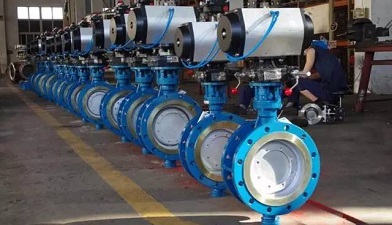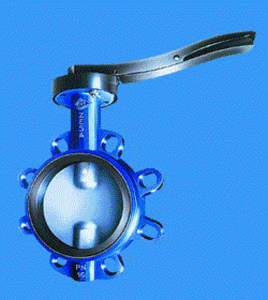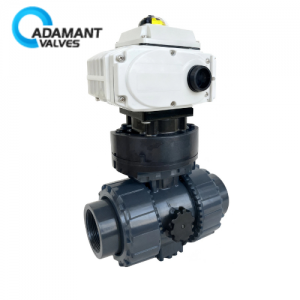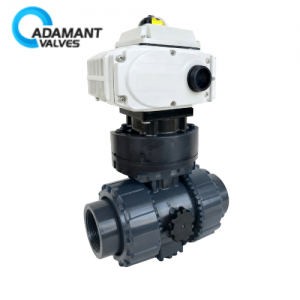How to Extend the Service Life of Sanitary Butterfly Valves?

How Does a Sanitary Butterfly Valve Work?
Automatic, manual, or sanitary butterfly valves are widely used in many fields such as beer, beverage, dairy, fruit juice, pharmacy, and biological engineering. There are many valves that are vulnerable to high temperature and pressure. It should be noted that high temperature and high pressure can also directly affect the extension of ventilation butterfly valve life, as is often said, the higher the medium temperature, the shorter the sanitary valve life. So we’re going to add a cooling device at high pressure, which obviously increases the life of the butterfly valve.

Why do sanitary butterfly valves need to be annealed?
In the production process of ferritic stainless steel sanitary butterfly valves, in order to meet the requirements of the final cold rolling, a key and costly process is annealing after hot rolling. The traditional process route is that the hot-rolled strip is annealed in the covered furnace. The whole annealing cycle is long and the energy consumption is very high.
In order to reduce energy consumption and production cost, and improve product competitiveness, as well as to meet the final cold rolling on the sanitary butterfly valve requirements, an invention has low energy consumption, short time consumption, cost competitiveness and can fully meet the requirements of the sanitary butterfly valve of the final cold rolling has been invented, which is called direct annealing process. The basic principle of this process is to use the waste heat after hot rolling to treat it immediately.

How to improve the quality of sanitary butterfly valves?
The choice of material is very important to the normal and reliable work of the butterfly valve. Compared with globe and gate valves, sanitary butterfly valves avoid deformation caused by irregular shape, uneven shell wall thickness, cold contraction at low temperature, and differential stress; as the volume of the sanitary butterfly valve is small, the shape of the valve body basically weighs, so the heat capacity is small and cooling consumption is also small. The shape rule also facilitates cooling measures for regulating valves. A series of measures should be taken to prevent the above phenomenon when developing a low temperature regulating valve.
According to the user’s report, some low temperature regulating valves during operation, the rotating part of the butterfly valve is stuck, and occlusion phenomenon occurs from time to time. The main reasons are an unreasonable selection of matched materials, too small cold clearance, and machining accuracy. For example, SF-1 composite bearings with a small friction coefficient and self-lubricating properties are selected for the upper and lower bush of the stem, which can be applied to some special needs of the low-temperature butterfly valve.
Conclusion
The butterfly is mounted on a rod and when the valve is closed it blocks the passage of fluid. When the valve is fully open, the metal disc or butterfly moves a quarter turn. The passageway is unrestricted allowing fluids or air to pass.
Thank you for reading our article and we hope it can help you better understand the service life of sanitary butterfly valves. If you want to learn more about sanitary butterfly valves, we would like to advise you to visit Adamant Valve homepage for more information.




